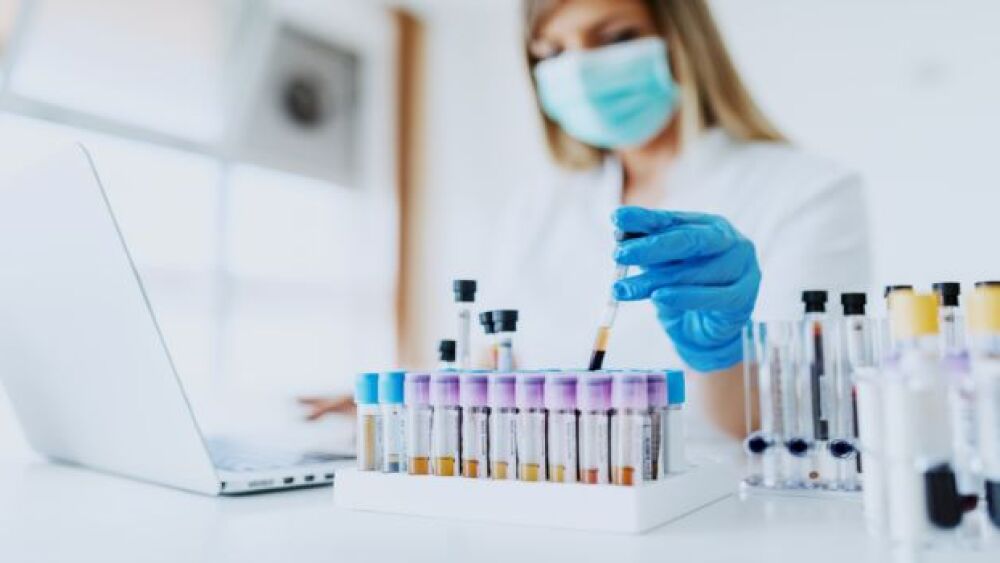A multinational research collaboration has developed a new peptide dubbed “PATAS”, which appears to fix the metabolic abnormalities leading to type 2 diabetes (T2D).
A multinational research collaboration has developed a new peptide dubbed “PATAS”, which appears to fix the metabolic abnormalities leading to type 2 diabetes (T2D). The research was coordinated by Vincent Marion, Ph.D., with France-based Inserm in collaboration with the University of Birmingham (UK), Monash University (Australia) and with Dr. Alexander Fleming, M.D., former senior endocrinologist at the U.S. Food and Drug Administration, and was published Wednesday in the journal Diabetes.
Type 2 diabetes is marked by high glucose levels in the blood. Unlike type 1 diabetes, which is an autoimmune disease caused by the patient’s immune system attacking and destroying the pancreas cells that produce insulin, type 2 diabetes is the result of insulin resistance in cells in the body.
The incidence of T2D has been increasing for decades because of the obesity epidemic and an aging population. Inserm notes that there “have been no disruptive therapeutic innovations to reach market in over a decade.”
Obesity is connected to hypertrophic adipocytes (oversized fat cells), which leads to impaired glucose absorption. Adipocytes are key regulators of whole-body metabolic fitness because of how they control insulin sensitivity.
The new research, conducted on animal models, demonstrated that PATAS (peptide derived from PKC alpha Targeting AlmS) restored glucose uptake in the fat cells (adipocytes), which treated insulin resistance while benefiting the entire body. Earlier research suggested that adipose tissue abnormalities caused by a dysfunctional protein, ALMS1, led to severe insulin resistance in people with Alstrom syndrome who had early-onset T2D. In animal models, fixing this protein within the adipocytes restored blood glucose balance.
Alstrom syndrome is a rare disease that affects many systems throughout the body. It includes obesity, T2D, short stature, heart disease and a progressive loss of vision and hearing. It is caused by mutations in the ALMS1 gene.
The researchers then turned their focus on ALMS1 and how it relates to other adipocyte proteins. They found that in the absence of insulin, ALMS1 binds to a protein dubbed PKC alpha. Insulin activation caused ALMS1 and PKC alpha to separate, allowing glucose to enter cells. But in people with T2D insulin resistance, the connection between the two proteins is maintained.
“Thanks to PATAS, the adipocytes that could no longer access glucose were once again able to absorb it and then metabolize it in order to synthesize and secrete lipids which are beneficial to the entire body. These positive effects are visible in our animal models, with a marked improvement in insulin resistance. Other parameters and comorbidities are also improved, including better blood glucose control and decreased liver fibrosis and steatosis,” Marion stated.
The next step is a clinical trial to evaluate PATAS in humans. The researchers say this class of antidiabetic drugs may be able to treat not only T2D but also other cardio-metabolic diseases where dysfunctional adipocytes and insulin resistance are a problem.
The authors wrote, “In vivo, PATAS reduced whole-body insulin resistance, and improved glucose intolerance, fasting glucose, liver steatosis and fibrosis in rodents. Thus, PATAS represents a novel first-in-class peptide that targets the adipocyte to ameliorate insulin resistance and its associated comorbidities.”
Currently, the most common treatments for T2D aside from weight loss and diet are glucagon-like peptide-1 (GLP-1) agonists, such as Eli Lilly’s Trulicity (dulaglutide), Novo Nordisk’s Victoza (liraglutide) and Ozempic (semaglutide).





